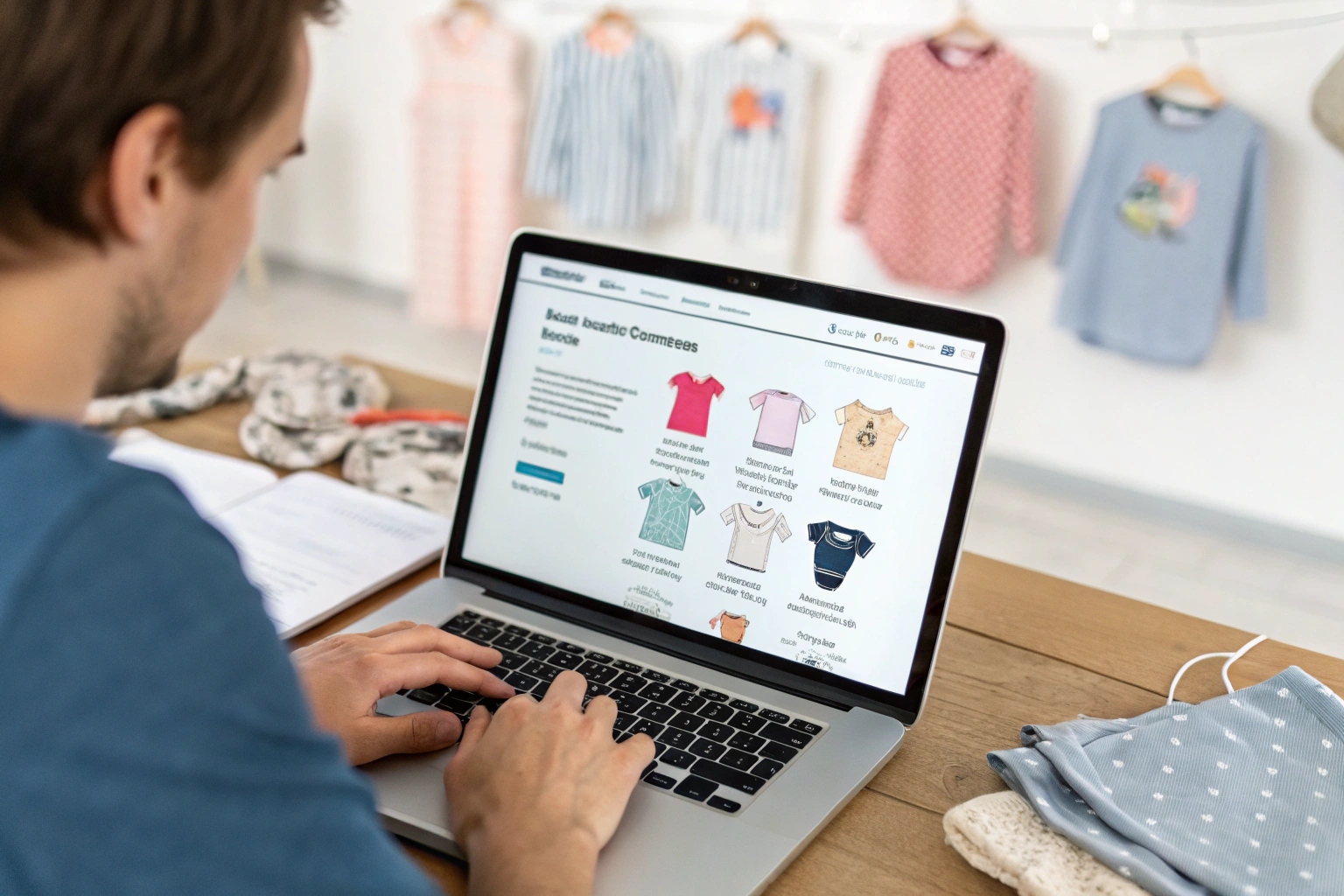You’ve got your brand vision, design sketches, and maybe even a few mood boards—but without the right manufacturing partner, your kidswear dream can’t take shape.
To find a kids clothing manufacturing company, explore B2B directories, identify reliable factories, contact them with clear inquiries, and focus on partners offering custom production.
Here’s how I help emerging and growing kidswear brands connect with trustworthy manufacturers—anywhere in the world.
What Are the Best Websites to Search for Kidswear Factories?
Online sourcing makes it easy to search—but with so many options, it’s also easy to waste time on the wrong ones. You need platforms that connect you to actual kidswear factories, not just trading companies or general apparel makers.
The best websites for kids clothing factories are global B2B platforms, sourcing directories, trade show listings, and fashion-specific portals.
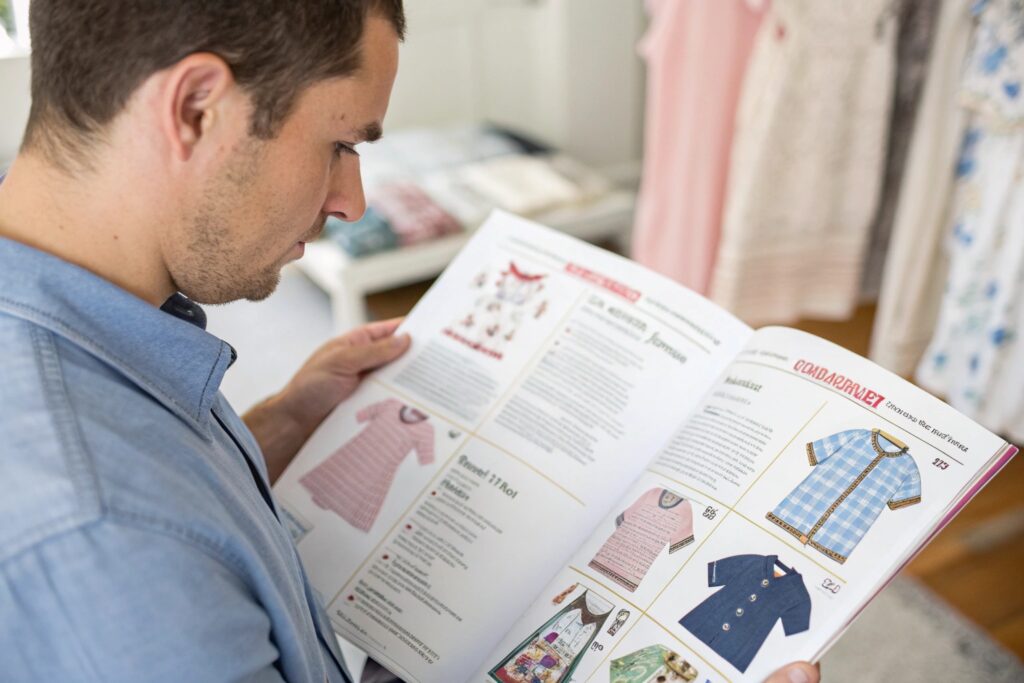
What websites consistently deliver quality leads?
Here are top platforms to search:
| Platform | Best For | Features |
|---|---|---|
| Alibaba | Global suppliers, small MOQs | Factory verification, messaging tools |
| GlobalSources | Mid- to high-volume buyers | Detailed product filters, certifications |
| Fibre2Fashion | Textile and fashion manufacturers | Sourcing and industry insights |
| Indiamart | India-based kidswear factories | Easy quote requests, factory visibility |
| Maker’s Row | U.S.-based production | Ideal for domestic or premium sourcing |
| Kompass / Europages | Worldwide business directories | Good for contact leads by country/region |
| Playtime / CBME exhibitor lists | Kidswear-focused shows | Direct access to brands and factory booths |
Should I pay to access premium directories?
Only if the platform has strong verification and buyer protection tools. Many brands start free and only upgrade after confirming interest from serious factories.
How to Identify Reliable Kids Clothing Manufacturers?
Finding a factory is easy—finding one that actually delivers what you need is the hard part. Reliability goes beyond flashy product photos or “yes” to every question.
To identify a reliable manufacturer, look for specialization in kidswear, production transparency, quality certifications, and clear communication.
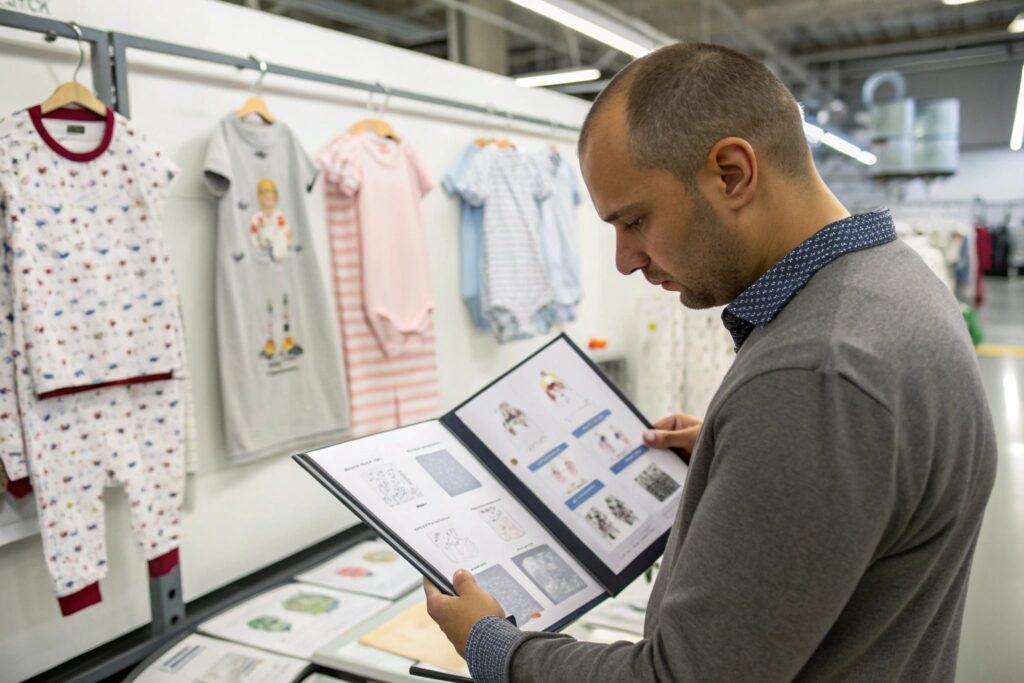
What are the key signs a factory is reliable?
Here’s what I look for:
| Sign of Reliability | What It Means |
|---|---|
| Kidswear specialization | Product photos show baby/child-specific sizing, trims |
| Certifications available | OEKO-TEX, BSCI, GOTS, ISO |
| Transparent company info | Business license, address, factory videos |
| Responsive communication | Replies within 24–48 hours with clear info |
| Quality control process | Willing to share sampling + inspection steps |
Bonus: A reliable manufacturer will ask you questions—about sizing, fabric, packaging—not just give you instant quotes.
What are red flags to avoid?
- Vague or copied product descriptions
- Refusal to share sample photos or certifications
- Too many unrelated products (kidswear + electronics = bad sign)
- One-word answers to complex questions
- No verifiable factory location
Trust is built through transparency and willingness to communicate clearly.
Tips for Contacting and Vetting New Suppliers?
Once you shortlist a few manufacturers, your first contact matters. A vague message may get ignored—or quoted like a rookie buyer.
To contact and vet suppliers effectively, send detailed RFQs, ask specific questions, request samples, and verify factory background step by step.
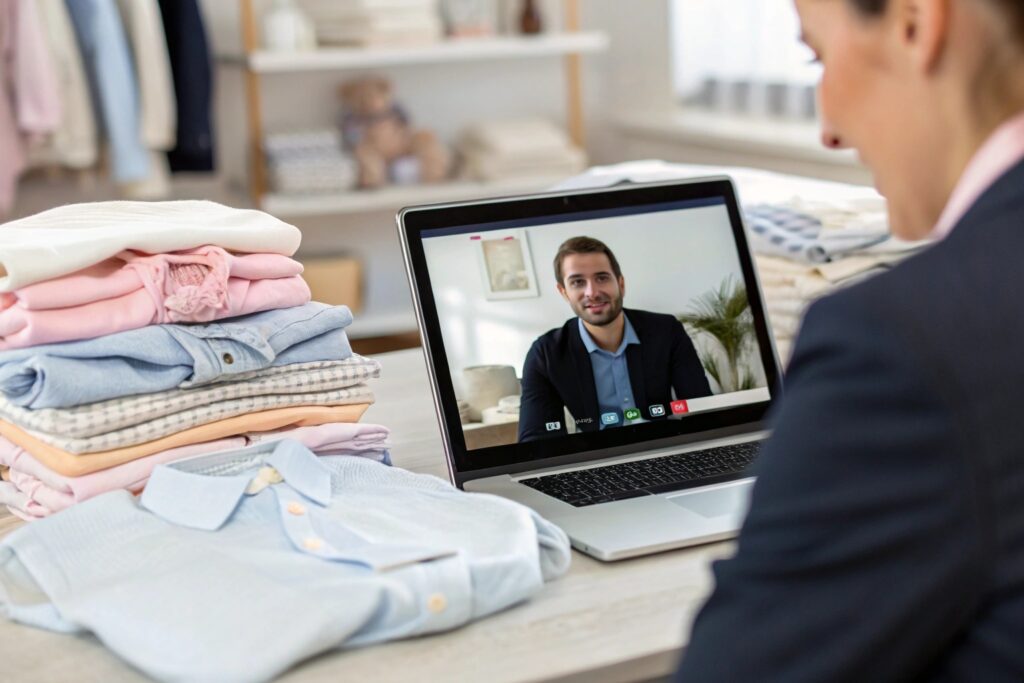
What should I say in my first message?
Here’s a clear message format I use:
Subject: Inquiry: Custom Kidswear Production – Rompers & Sets
Hello,
I’m looking for a kidswear manufacturing partner for my brand based in [country]. We plan to launch a 4-style babywear collection.✔ Styles: Rompers, T-shirts, pants (0–24 months)
✔ Quantity: 300–500 pcs per style
✔ Fabric: Organic cotton, OEKO-TEX preferred
✔ Custom printing & woven labels requiredPlease share your product catalog, MOQ, lead time, and if you can send samples.
Thank you,
[Your Name]
What questions should I ask during the vetting stage?
- Do you have a catalog or past babywear samples?
- What’s your MOQ per style and per color?
- What certifications do your fabrics meet?
- Can you customize labels and packaging?
- Do you provide pre-production samples?
- What is your production lead time?
As you move forward, request:
- Business license (Chinese version if in China)
- Factory tour video or photo gallery
- Sample swatches or mock-ups
This shows you’re serious—and filters out unreliable suppliers.
Where to Find Custom Kidswear Production Partners?
If you want to launch your own designs, colors, or brand identity, you’ll need a manufacturer who offers OEM or ODM services, not just stock production.
To find custom babywear partners, focus on factories with in-house design teams, low minimums, and experience in branding and product development.
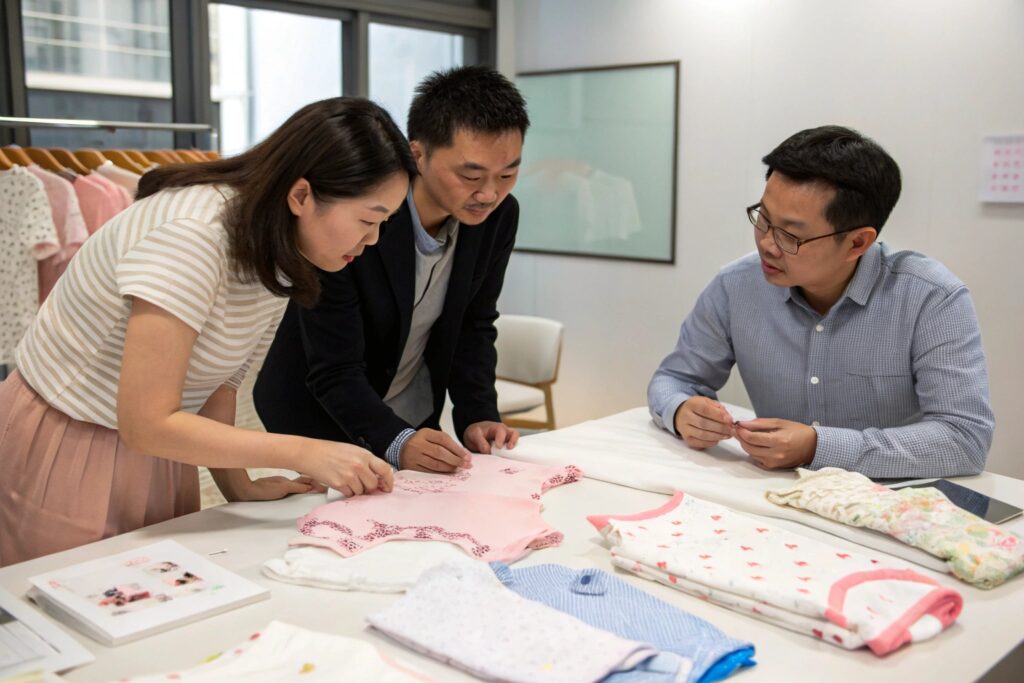
What’s the difference between OEM and ODM in kidswear?
| Term | Meaning | Best For |
|---|---|---|
| OEM | You provide the design, they manufacture | Brands with their own tech packs or sketches |
| ODM | They design for you under your brand | Startups wanting private-label collections |
If you have a specific style in mind (like a ribbed two-way zip sleepsuit with foldover cuffs), look for an OEM manufacturer with sampling support.
Where can I find these partners?
- Alibaba filters: Select “OEM Service” and “Custom Label”
- LinkedIn searches: “Baby clothing OEM manufacturer”
- Industry expos: Focus on booths marked “customization”
- Specialist agents: Some sourcing agents can introduce babywear-focused OEM factories
Once found, ask:
- Can you develop tech packs or patterns?
- Do you offer fabric and print customization?
- What’s the MOQ for new styles?
Custom kidswear requires more communication—but builds a stronger, unique brand presence.
Conclusion
Finding a kids clothing manufacturer isn’t just about searching—it’s about identifying the right partner who aligns with your quality, budget, and brand vision. With clear sourcing platforms, smart communication, and trust-building steps, you can launch a collection that’s made to succeed.

